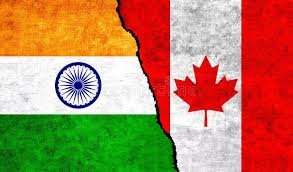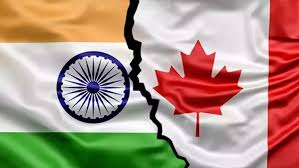India is facing a growing health crisis, marked by a significant increase in heart disease-related insurance claims. This trend has raised alarms not only about the prevalence of cardiac issues but also about the associated financial burden on individuals and the healthcare system. Recent data indicates that claims related to heart diseases have surged from 9-12% in 2019-2020 to an alarming 18-20% in 2023-2024, illustrating a concerning rise in cardiovascular health problems among the population.
One of the most striking aspects of this trend is the rising cost associated with heart-related claims. The average expenditure per claim has more than doubled, soaring from ₹4-5 lakhs in 2019-2020 to a staggering ₹12-15 lakhs in 2023-2024. This escalation underscores the urgent need for adequate health insurance coverage, particularly as advanced cardiac treatments become increasingly expensive. The cost of procedures such as coronary artery bypass grafting and heart transplants has also seen significant hikes. Heart transplants, for instance, now range from ₹31-52 lakhs, with some claims approaching ₹50 lakhs, emphasizing the serious financial implications of heart diseases.
Demographically, the landscape of heart disease claims is changing. Claims filed by individuals under the age of 40 have surged to 15-20%, compared to just 10-12% in 2020. This trend is often linked to stress-related lifestyle choices, suggesting that younger individuals are not immune to the risks associated with poor health habits. The 40-60 age group remains the largest segment, accounting for 50-60% of all claims, while there is a slight decline in claims from individuals over 60, likely due to improved management of cardiac diseases.
Gender disparities are also evident in the insurance claims landscape, with men constituting 60-70% of claims. This discrepancy may stem from the fact that men tend to have better insurance coverage compared to women, reflecting broader societal trends in health access and awareness. Regionally, North India leads in claims, attributed to factors like pollution and urban lifestyles, while East India, despite a notable prevalence of heart disease, records the lowest share of claims.
The alarming rise in heart disease is corroborated by reports from health organizations, which indicate that cardiovascular diseases account for approximately 30% of deaths in India. Ischemic heart disease remains the leading cause of these fatalities. High rates of diabetes and hypertension, exacerbated by urban lifestyle factors such as poor dietary choices and pollution, further complicate the situation. Additionally, the central government has reported an uptick in heart attack deaths over the past three years, a trend potentially exacerbated by the lingering effects of the COVID-19 pandemic.
The increasing recognition and diagnosis of heart conditions can be attributed to advancements in medical diagnostics and treatment. With modern technology enabling the detection of cardiac issues even in patients with deteriorating heart function, treatment options are becoming more diverse. However, the cost of these advanced solutions poses a significant challenge, leading to financial stress for patients and their families.
Amid this concerning backdrop, experts emphasize the importance of proactive health measures. Comprehensive health policies with high coverage and critical illness riders are essential to mitigate the financial burden of heart diseases. Insurers are now promoting preventative care and wellness benefits to foster healthier lifestyles and facilitate early detection of health issues. The responsibility to address this growing health crisis lies with both individuals and insurance providers, as a collaborative effort is needed to combat the rising tide of heart disease in India.
As heart disease continues to assert its presence in the Indian healthcare landscape, it becomes imperative for individuals to adopt healthier lifestyles and for policymakers to prioritize health awareness and preventive measures. Encouraging regular health check-ups, promoting heart-healthy diets, and fostering active lifestyles can play a crucial role in reducing the incidence of cardiac issues. By addressing the root causes of heart disease and ensuring adequate health insurance coverage, India can better prepare to face this health crisis and reduce the financial strain associated with it.




